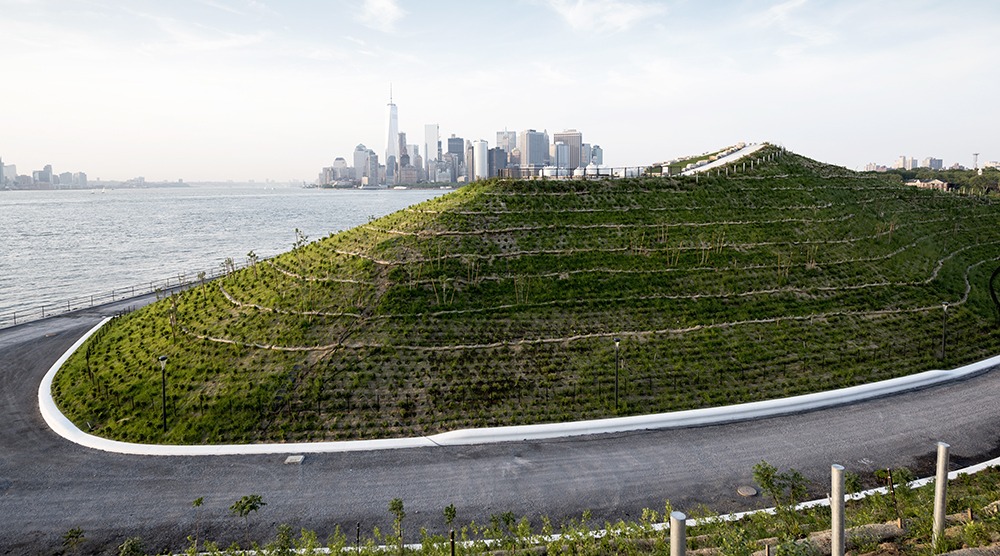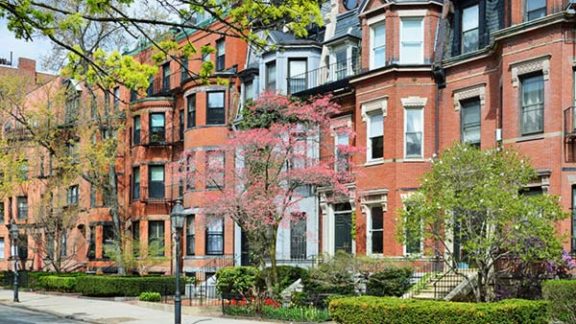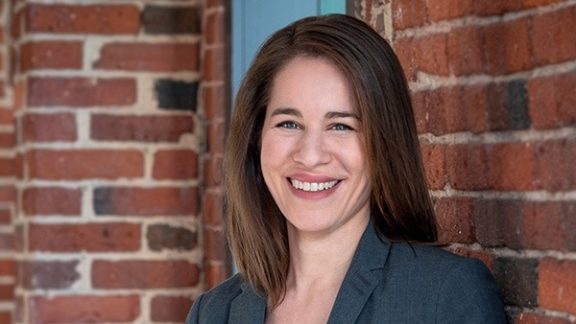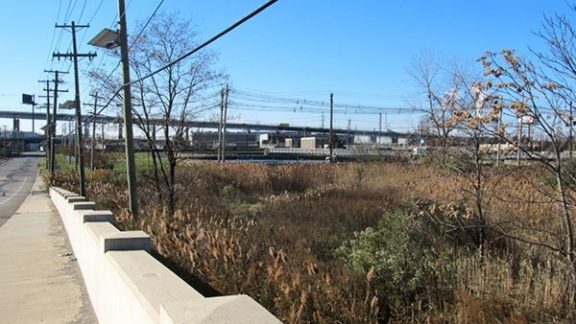Over a 10-year period much of Governors Island in New York Harbor was planned, demolished, designed, and redeveloped to create a destination park in an unmatched setting. The Trust for Governors Island oversaw a diverse team of designers and engineers working within a transparent public process to create this highly acclaimed new playground and education resource for one million annual visitors.
Haley & Aldrich used engineering and analytical creativity and a commitment to sustainable design to convert the flat and languishing landscape of Governors Island into a series of wandering pathways, inviting recreational areas, and surprising hills with unmatched views. Governors Island has a unique history and unique location at the mouth of both the Hudson and East Rivers while overlooking New York Harbor.
On a mass of deep and unstable soft soil, our geotechnical engineers worked with the project team to develop a cost-effective way to safely build hills with steep slopes as high as 80 feet above the harbor right next to the seawall and sloping shoreline. The seawall itself was rebuilt as part of the redevelopment project, re-armored to weather three feet of potential sea level rise and recycled to create a fun feature on the tallest hill. Sequencing required that the new seawall be built before the nearest hills, necessitating hill design and construction solutions that protected the new seawall. We designed composite hills from different types of fill including recycled demolition debris, lightweight fill to reduce the weight on the soft subsoil and manage the deformation of the new seawall, and planting soil to allow vegetation to take root quickly and permanently.
This engineering feat and resilient construction allows visitors to take in an unobstructed view of the face of the Statue of Liberty, the Verrazano-Narrows Bridge, the New York City skyline, and the Brooklyn Bridge – all from the unexpected height of an eight-story building.
Haley & Aldrich’s Brice Exley and David Winter authored a paper for the New York Metropolitan Section of the American Society of Civil Engineers about how we approached this project and the transformative results.




